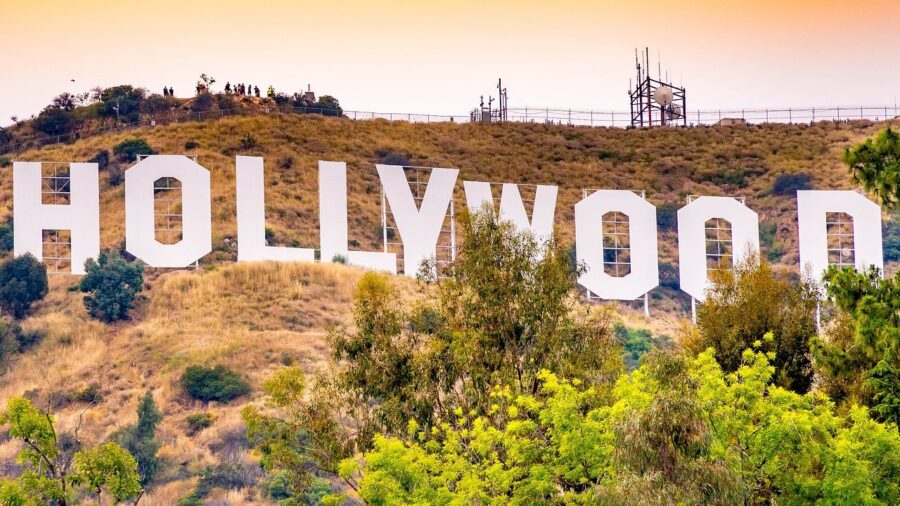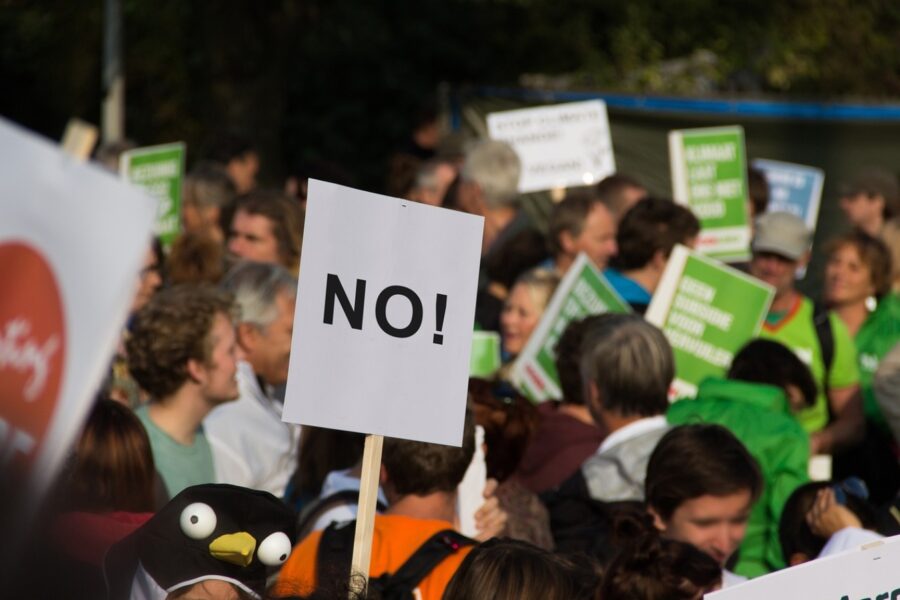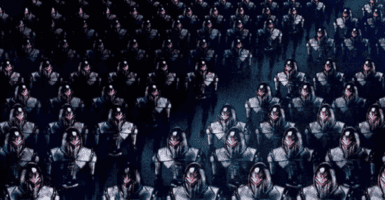Actors Strike Is Happening And Hollywood Will Be In Shambles

Actors are preparing to strike if discussions between the Screen Actors Guild – American Federation of Television and Radio Artists (SAG-AFTRA) and the Alliance of Motion Picture and Television Producers (AMPTP) reach an impasse by midnight on July 12. The news comes as a tentative agreement was reached on June 30 to extend their existing contracts while negotiations continue.
If the SAG-AFTRA and AMPTP can’t come to an agreement by July 12, the actors will go on strike.
According to Deadline, actors have already started working on strike-related picket signs, placing orders for t-shirts, and assembling a lot of captains’ and coordinators’ rosters. SAG-AFTRA members have drawn inspiration from the Writers Guild of America (WGA), whose leaders have planned daily activities outside studios in Los Angeles and New York City during its 65 days of strike action.
While SAG-AFTRA has yet to formally reach out to the WGA regarding logistical details, several WGA members have independently expressed their willingness to support SAG-AFTRA captains and coordinators if needed. The groups of writers and actors on strike are expected to unite at existing picket locations, which increases the need for extra staff at each site.
If negotiations fail, SAG-AFTRA actors, who voted in favor of a strike by an overwhelming 98 percent, are expected to take to the streets on July 13. The union reportedly sent its members an email over the July 4th weekend asking them to participate in picketing activities at CBS Radford on July 5. This call to action resulted in a significant turnout from members.
How the Actors Strike Could Impact Film and Television
The looming actor’s strike has raised concerns about its potential impact on the film and television industry. However, industry experts suggest that the effects may not be as significant as anticipated. With the ongoing WGA strike already causing disruptions, much of the immediate impact has already been felt.
Production schedules have already been disrupted, with scripts either remaining unwritten or WGA picket lines preventing crew members from crossing, resulting in set shutdowns. Late-night shows have already gone dark since May, indicating that the immediate television landscape won’t be significantly altered by an actor’s strike.

Beyond the immediate disruptions, the combined effects of the WGA and potential actors’ strikes are projected to have a lasting impact on the industry. Even after the labor disputes settle, it is expected that there will be a decrease in the number of scripted series for a certain period.
Interestingly, this isn’t the first time a strike involving the WGA and the Screen Actors Guild (SAG) joined forces for a strike. In 1960, while the WGA was engaged in a strike lasting five months, Ronald Reagan, then serving as the president of the Screen Actors Guild (SAG), made a call for members to initiate their own strike.
Even after the labor disputes settle, it is expected that there will be a decrease in the number of scripted series for a certain period.
The SAG strike lasted for a period of six weeks, significantly shorter compared to the concurrent WGA strike that spanned 148 days. However, the longest strike in SAG’s history occurred in 2000, lasting a staggering six months. This particular strike focused on commercial actors and the issue of residuals for television and radio advertisements.
While negotiations are ongoing, the writer’s strike and potential actor’s strike have undoubtedly prompted a reevaluation of production strategies and budgets, leading to a shift in the entertainment industry landscape.












